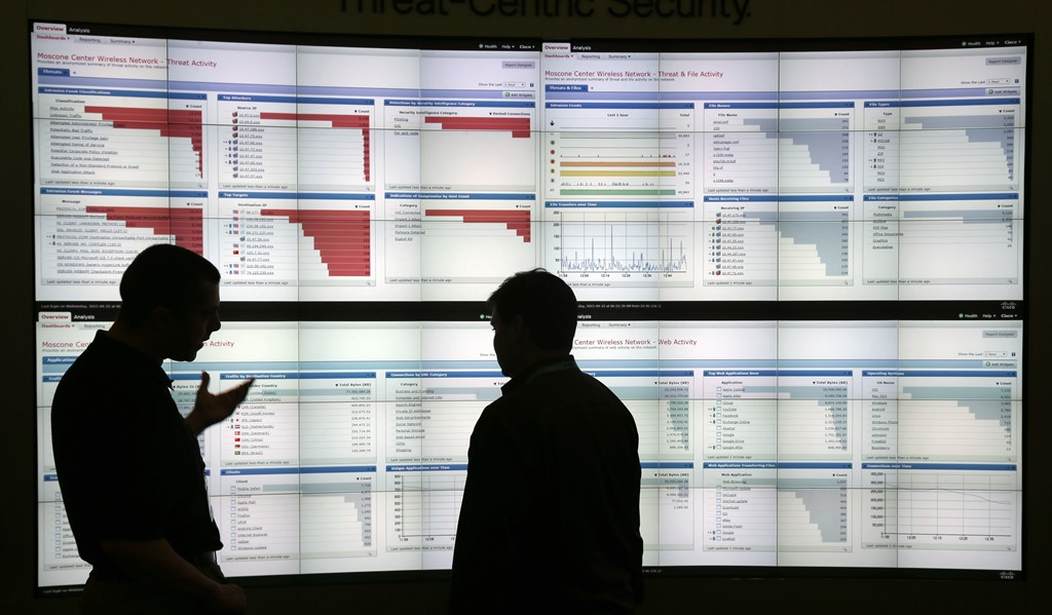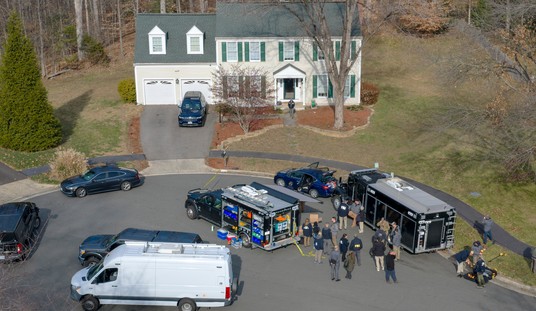What is money?
Money is perhaps one of humanity’s most important inventions. But what is it really? Credit? A medium of exchange? A store of value? All of the above? On Dec. 8, 2021, FTX founder Sam Bankman-Fried told the U.S. House of Representatives Committee on Financial Services how digital assets could be that and more. In the language of the testimony, digital assets were a “financial innovation” that could improve — and possibly replace — older instruments. Sam Bankman-Fried was before Congress to praise regulation, not to bury it. “Why would the titan of crypto want regulation?” asked the Washington Examiner. “Part of it is that big guys like regulation because it creates a barrier to entry for smaller players, who are less able to afford regulatory costs”.
Also, Bankman-Fried was much more politically connected than any other crypto player. He was President Joe Biden’s second-biggest donor and had multiple White House meetings to discuss regulation. A more regulated industry would be a home game for Bankman-Fried’s companies.
Plus, he appeared to believe regulation would lure more suckers into his web, saying regulation would “provide a pathway for [banks and other traditional financial firms] to get involved in digital assets. That’s frankly something I’m excited about here. I think a lot of them have been waiting for clear federal oversight of this space to get involved.”
Sam was a Big Guy, and regulation was his chance to shape the playing field, to define the network. This highlights an underappreciated aspect of the digital money concept. It is defined as much by the network it inhabits as the instruments that circulate within it. Digital currency never leaves a computer network, and it is exchanged exclusively via digital means. (Even in the case of “Cold Wallets” it is the credential or private key, not the token, which is taken offline.) The properties of the network are therefore part of the properties of the money.
Eventually, the network will strive to become the only game in town. For example, if a bank charges negative interest on deposits, the public is much more likely to withdraw money in paper cash, which would be inconvenient. But abolishing paper cash will prevent bank runs and stabilize the financial sector by confining all the tokens to the system. Like the Hotel California, ideally, you can never leave.
Yet that is only half the cell door closed. Every participant within this closed universe will also need an identity to transact business: to pay or get paid. In the beginning, “the Internet was built without a way to know who and what you are connecting to.” “On the Internet, nobody knows you’re a dog” read a caption in a 1993 New Yorker cartoon. But later, once the network was used not just for blogging but to move billions around, it needed digital identities: “a set of claims made by one digital subject about itself or another digital subject”. Today a dog needs to prove it is a dog.
This can be done with public-key cryptography, where every entity has a published ‘name’ or public key and a paired secret ‘signature’ or private key. Thus equipped, every object on the network can message any other and all recipients can verify authenticity using tests involving the sender’s public key alone. All that remained was to find a mechanism to construct a global directory of public keys and a common ledger to record transactions. Blockchain technology can do that. With the infrastructure in place, a dog can show it’s a dog (even though it can’t speak) because it has a public key on the blockchain and a credential signed by an authority whose signature can be verified by anyone on the network certifying its dogness. The same concept works for people. Say you were the Mos Eisely Cantina:
…a club’s staff member can scan the QR code of the holder’s Verifiable Credential to ensure they are at least 18 years old. The public DID [decentralized identifier] of the government’s licensing department is on the blockchain which allows the club to verify the authenticity of the Verifiable Credential because the club trusts the department that issued the credential.
The bouncer may not even know the club patron’s name, just that he/she is aged 18 or more — according to the credentialing agency. The minimum of information is revealed per transaction but at the cost of maximizing total information about a subject in the whole network. Global omniscience enables local ignorance. All that’s needed to make it all work is infrastructure, so governments like Australia’s are building a national digital ID system to originate identities, certify attributes, and transfer information between participating services. Identity systems in the U.S. have not reached this stage, but “the U.S. Senate Homeland Security and Governmental Affairs Committee has voted to advance the Improving Digital Identity Act, moving one step further toward legislation that lays the foundation for a national Digital ID system for American citizens.” In the future, you will need ID for everything, except possibly, to vote.
The migration of ID and money into the network accomplishes an extraordinary thing. It promises to protect the public from bad players but leaves everyone potentially vulnerable to a perverse playing field run by the Big Guys. The saga of Sam Bankman-Fried may be over, but the story of the system he was advocating is not. Despite our desire to virtualize everything, the physical still has its place in the world. One of the enduring problems facing all cryptographically protected digital assets is the five-dollar wrench attack, so named after the hypothetical heavy who threatens to beat you with a five-buck wrench unless you tell him the PIN to your cold wallet. That’s why totalitarianism plus digital assets equal less money in the bank than you think. We have not yet invented a way to banish men from the loop.
Here’s a personal account of how digital ID / central bank digital currencies / social credit systems operate in China.
Central banks and governments are nudging us towards this. We cannot let this happen. Wake up before it’s too late. pic.twitter.com/dOMpCXWiLs
— James Melville (@JamesMelville) November 28, 2022
Books: Against the Great Reset: Eighteen Theses Contra the New World Order Kindle Edition by Michael Walsh (editor). In this timely and necessary book, Michael Walsh has gathered trenchant critical perspectives on the Great Reset from eighteen eminent writers and journalists from around the world. Though I wouldn’t exactly consider myself an eminent writer, mine is one of the 18 chapters in this book, and I think it’s worthwhile.










Join the conversation as a VIP Member